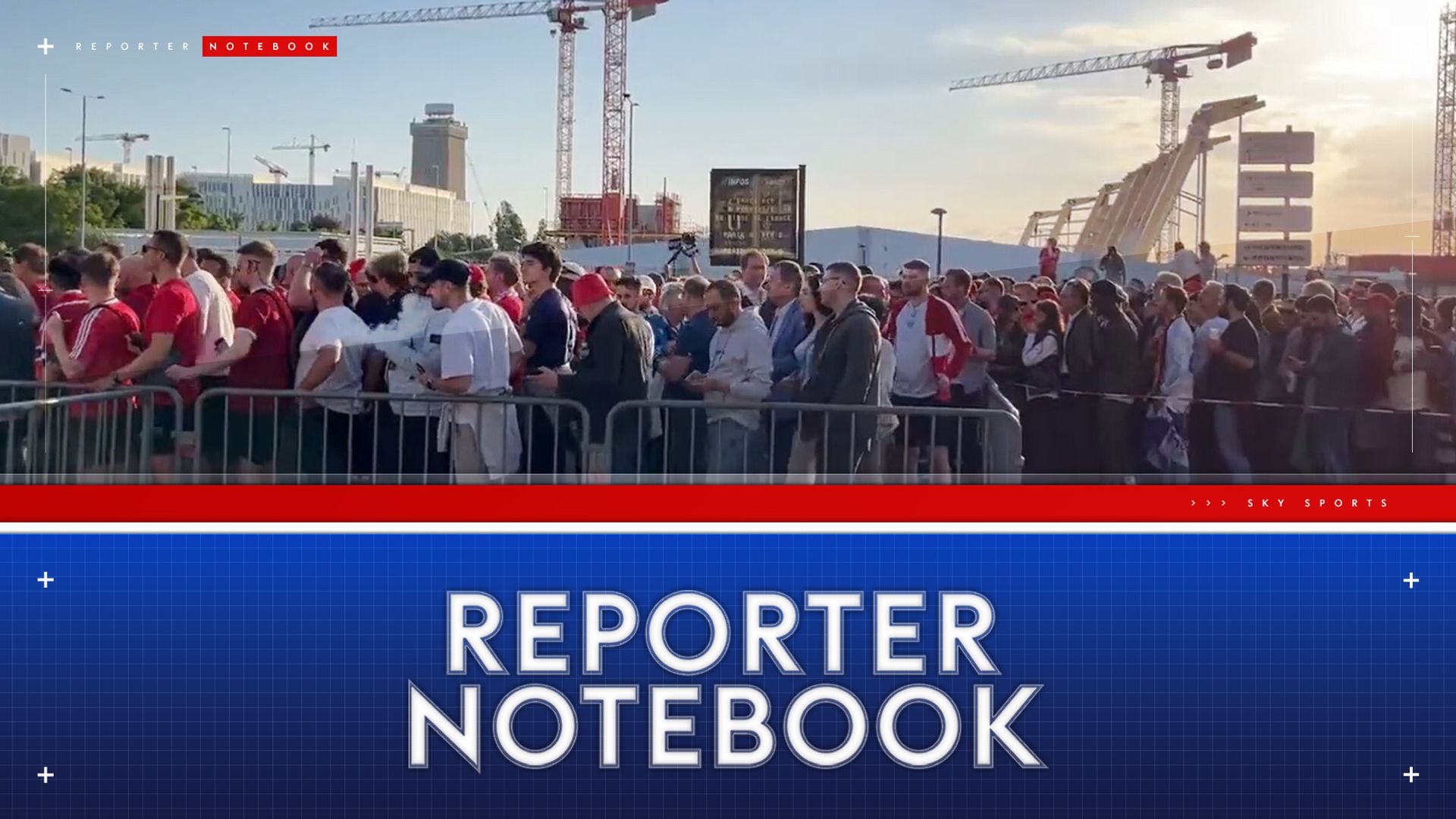Does Expanding Gun Access Threaten US Stability?
A collection of 13 essays published by the Brennan Center at NYU School of Law probes the relationship between guns and race, policing, domestic violence, and democracy. Three of the authors spoke recently with The Crime Report about their conclusions.

Commentators have pointed to the recent uptick in gun violence to push for looser gun laws and greater access to weapons for self-defense.
But the authors of an essay collection published by the Brennan Center for Justice at New York University School of Law argue that expanding access to guns will undermine safety, stability and democracy in the U.S.

Titled “Protests, Insurrection and the Second Amendment,” the 13 essays “probe the complicated relationship between guns and race, policing, domestic violence, and republican government,” writes Brennan Center fellow Eric Ruben.
The Crime Report spoke with the authors of three essays: Stanford University Law Professor John J. Donohue, Duke University Law Professor Darrell A. H. Miller and Cornell University Law Professor Sherry F. Colb.
The full collection — which includes contributions from 14 scholars — is available here.
‘Self-Inflicted Second Amendment Wounds’
The 2008 decision in District of Columbia v. Heller, in which the Supreme Court ruled the Second Amendment protects an individual’s right to keep and bear arms for self-defense unconnected with militia service, helped the gun lobby seduce Republican politicians into opposing common-sense regulations, writes Stanford University Law Professor John J. Donohue.
In his essay, titled “Will the Supreme Court Avoid Further Self-Inflicted Second Amendment Wounds?”, Donohue argues that the gun lobby — the National Rifle Association (NRA) the most prominent organization among pro-firearm groups — has used litigation, lobbying and “judge-shopping” to “turbocharge the Second Amendment.”
These tactics have fueled the fight to carry guns outside the home, weakened restrictions on assault weapons, and prohibited federal gun registration requirements, safe storage laws and age requirements for firearm possession.

John J. Donohue
“Heller turbocharged the Second Amendment, and it has become this rallying cry for everything from Rand Paul to the Proud Boys to the NRA,” Donohue told The Crime Report. “They want you to think the only thing that stands between you and sure death is a Second Amendment so you can have an assault weapon.”
Such arguments intensified during Donald Trump’s presidency, culminating, in part, in the Jan. 6 Capitol riot. But Donohue said the attack on the U.S. Capitol, in which a mob of Trump supporters stormed the building in an attempt to overturn Trump’s electoral defeat, demonstrated how white nationalists and the gun lobby have distorted the Second Amendment. Claiming they were resisting a supposedly tyrannical government, Capitol rioters used violence to undercut democracy.
Without Washington, D.C.’s firearm regulations, rioters might have armed themselves with assault rifles, unloading them on the federal employees inside.
“The rhetoric of the NRA is [guns] will make you safe,” Donohue told TCR. “It’s exactly the opposite: it’s divisive for the country, but it also could lead to a very considerable loss of life.”
Lax gun laws have already facilitated hundreds of mass shootings, Donohue writes.
Conservative politicians, many of whom once decried special interests’ attempts to contort the Second Amendment, now coalesce around “gun rights” — with dire consequences. This March in Atlanta, the absence of a 30-day waiting period enabled a 21-year-old to murder eight people with a 9-millimeter handgun he purchased the same day.
In contrast to today’s succession of mass shootings, between 1994 and 2004 — the period in which Congress banned the manufacture of assault weapons and high-capacity magazines — overall fatalities dropped by 40 percent. In the decade after the ban, fatalities rose by 347 percent, even as overall violent crime declined.
Gun violence has seeped into concerts, churches and gatherings: With few restrictions on assault weapons, armed vigilantes like 18-year-old Kyle Rittenhouse have used military-style weapons to murder protesters.
“There’s no sensible world in which, in very tension-filled scenarios, you want people walking around with assault rifles,” Donohue told TCR. “Yet this is exactly what a large portion of the Republican Party has signed on to today.”
One antidote to the souped-up Second Amendment lies in reviving the assault weapons ban. As the Second Amendment becomes a “straitjacket for Republican politicians who must acquiesce to every demand of the gun lobby,” Donohue argues that intervention is imperative.
“It is time,” he writes, “for courts and legislatures to stop compounding the self-inflicted wounds of America’s destructive drift toward a free market in guns.”
African Americans and the Second Amendment
To defend the Second Amendment, advocates often adopt an “insurrectionist theory,” arguing the amendment preserves civilians’ right to bear arms against a tyrannical government. But Duke University Law Professor Darrell A. H. Miller argues this reasoning relies on “twin paradoxes” that unsettle the insurrectionary theory’s moral, legal and historical validity.
To deconstruct insurrectionary arguments, Miller begins by examining the contradictions between the democratic ideals and reality of slavery that defined the Revolutionary era. As subjects of the British Crown, statesmen like John Dickinson, Josiah Quincy and John Adams metaphorically referred to themselves as “slaves” to emphasize their lack of political representation.

Darrell A.H. Miller
In their reasoning for violent revolution, the authors of the Declaration of Independence cite the “abuses and usurpations” that motivated them to rebel. This revolutionary language recurs in Jefferson Davis’s defense of the Confederate States of America, in which he cites the rights of “the governed” to abolish the government when its end “becomes destructive.”
Colonial aristocrats, Confederate generals, and Ku Klux Klan leaders all embraced armed violence to resist supposed tyranny. Though the Declaration of Independence enshrines this principle, people now point to the Second Amendment to justify armed rebellion.
Linked to the Second Amendment, the right to resist tyranny has become politicized, Miller said.
In “African Americans and the Insurrectionary Second Amendment,” Miller writes that “the right to resist tyranny is symbolized by the counterfeit slave, not the real one.”
The condition of Africans in colonial America illustrates insurrectionist theory’s asymmetrical application. Beginning in 1619, enslaved Africans were subjected to a “brutal, hereditary, and thoroughly racialized form of slavery” that violated all ideals outlined in the Declaration of Independence.
But when they attempted to resist their owners’ tyranny through armed rebellion, white mobs and militias quashed the rebellions.
“To use violence is just so racially denominated in America,” Miller told TCR. “Who is holding the guns is who really matters in terms of how we understand the politics of that display.”
Miller identifies a second paradox that undercuts the legitimacy of insurrectionary theory: arguing that “righteous violence in service of liberty” is modeled by the self-emancipated slave and not slave owners, Miller points out that Black Americans embraced non-violent organizing during the Civil Rights era.
That Black Americans used peaceful tactics to secure safe access to the polls and equal employment, housing and education opportunities throws into sharp relief white Americans’ aggrieved defense of the right to bear arms, he argues.
“None of those people storming the Capitol were held as chattels by other people,” Miller told TCR. “None of those people who assailed the Capitol were subject to personal violence for exercising the right to vote.”
These paradoxes, Miller writes, delegitimize any defense of an insurrectionary Second Amendment.
“It is Black struggles, Black tolerances, and Black forbearance that set the baseline for the legitimate use of political violence in America,” Miller writes. “And as long as African Americans continue to forswear violence as a tool of political change in favor of nonviolence and a peaceful political solution, then that grace continues to expose the lie of any lesser claim.”
The Battered Woman’s Right to Bear Arms
The fantasy that a battered woman might thwart her abuser with a gun is a tempting but impractical solution to domestic violence, argues Cornell University Law Professor Sherry F. Colb.
In “The Role of Fantasy in the Battered Woman’s Right to Bear Arms,” Colb writes that pop culture, politicians and court systems have justified the private possession of handguns by casting them as a form of self-defense for “hitherto meek victims.”
This argument, which late Supreme Court Justice Antonin Scalia deployed to defend the private possession of handguns by people “without the upper-body strength to lift and aim a long gun,” is incongruent with the reality of domestic violence, Colb argues.
It’s unlikely a woman in an abusive relationship could purchase a gun without the knowledge of her partner, who could potentially shoot her if he finds the gun.
“A gun is not a solution to domestic violence,” Colb told TCR. “The power difference between her and her abuser is such that the only time she could use a gun would be if he’s unconscious.”
But the legal system often punishes women who shoot or kill their abusive partners; many victims target their partners while sleeping, but to qualify as self-defense, a victim’s violence must have repelled an imminent threat of death or harm.

Sherry F. Colb
As of 1989, women who killed their abusers received longer sentences than men who killed their partners. Colb added that police officers treat domestic violence as “a personal conflict between two people,” failing to adequately intervene.
Identifying the “fantasy” of the abused woman’s right to bear arms, Colb argues addressing domestic violence requires recognizing that the home is often unsafe — and a gun will do little to provide protection.
“A woman is far more likely to face an assault in her own home, by the partner who perhaps swore to take care of her, than outside,” Colb writes.
Because women dependent on an abusive partner often lack the money or support to leave, services like domestic violence shelters, not access to guns, will help women escape abusive situations.
“The criminal justice system has to work in concert with the social services,” Colb told TCR. “You need to be able to reach people.”
Eva Herscowitz is a TCR Justice Reporting Intern.

 Landwebs
Landwebs 






















